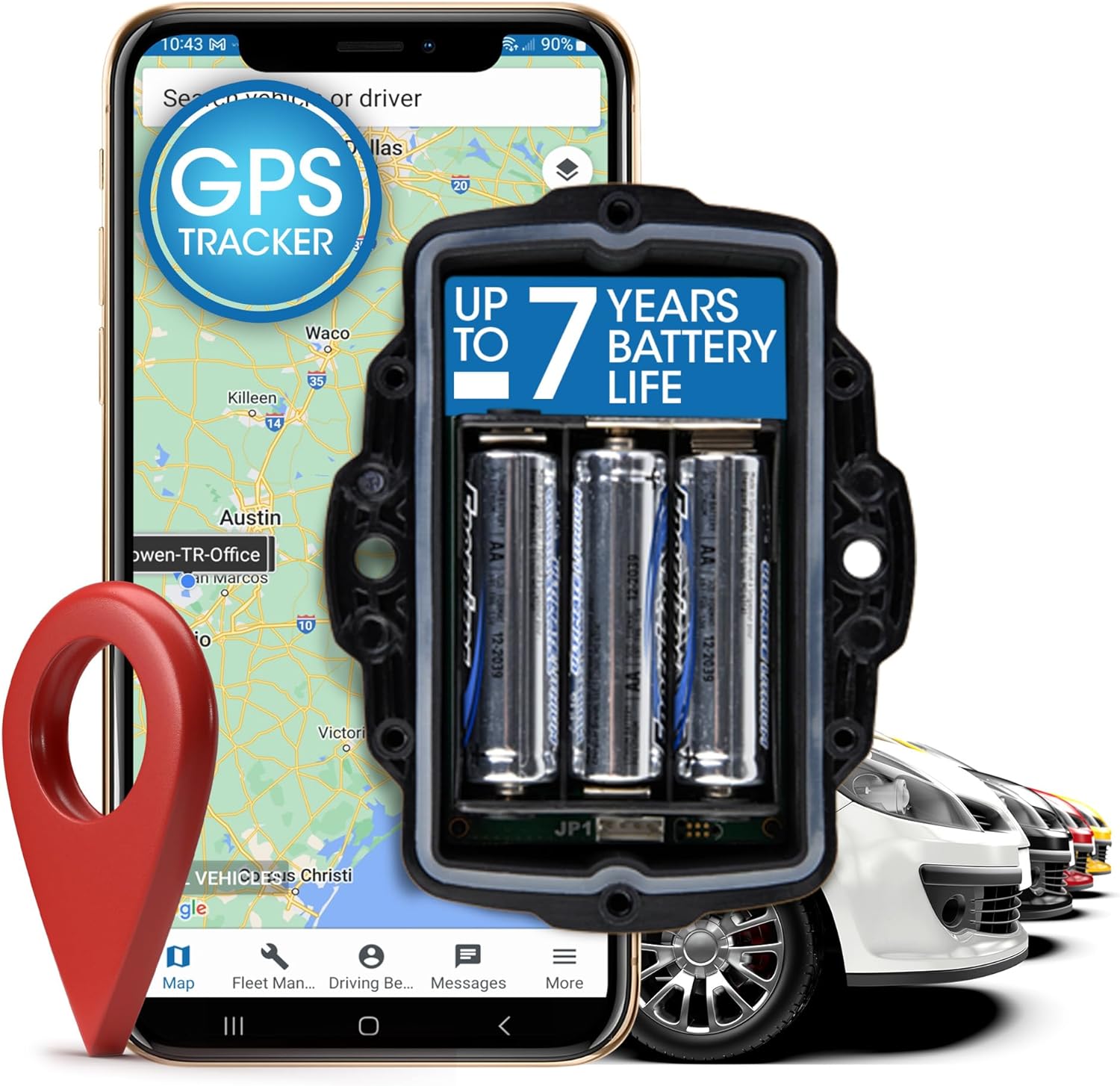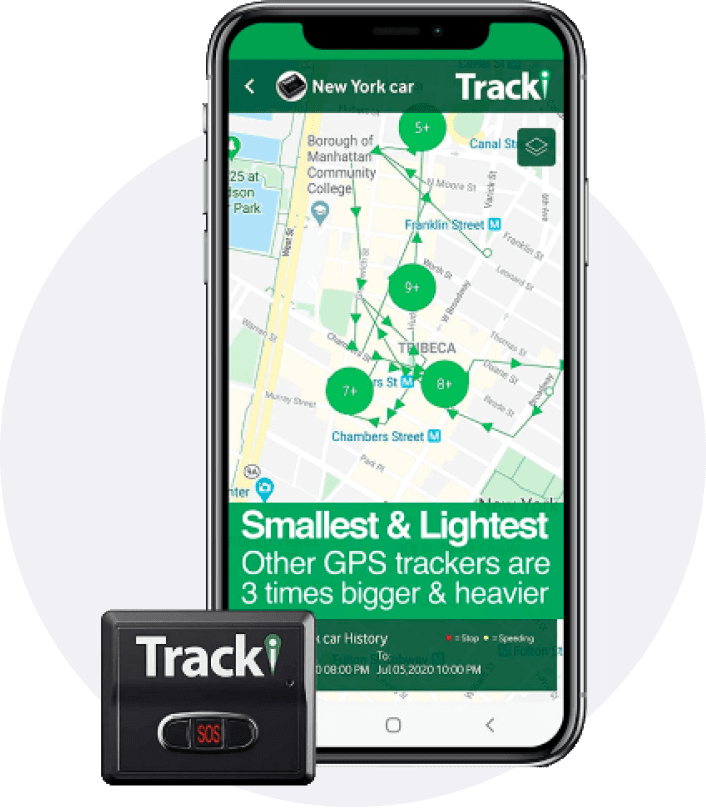Best GPS Tracking Devices: Attributes, Evaluations, and Comparisons
Best GPS Tracking Devices: Attributes, Evaluations, and Comparisons
Blog Article
Taking Full Advantage Of Performance With GPS Monitoring: Methods for Fleet Management and Asset Monitoring
In the realm of fleet administration and asset monitoring, the use of GPS radar has actually come to be a keystone for boosting operational performance and efficiency. By using the power of real-time information, services can simplify their logistics, optimize paths, and improve general fleet efficiency. Nonetheless, truth possible lies not just in the execution of these technologies but also in the tactical use of the insights they give. From boosting driver safety to making notified decisions based on extensive information analytics, the opportunities are substantial. As we discover the numerous techniques and techniques to optimize efficiency with general practitioner monitoring, a globe of possibilities opens up to redefine just how companies manage their fleets and monitor their possessions.
Executing Real-Time Monitoring Solutions
To maximize operational effectiveness, firms can apply real-time radar that offer immediate location data for their properties. By utilizing GPS innovation, businesses can get real-time insights into the location of their automobiles, tools, and other valuable sources. This level of presence enables firms to streamline operations, enhance efficiency, and enhance general performance.
Real-time monitoring systems provide many benefits for firms across different sectors. With the capacity to keep an eye on assets continuously, companies can optimize transmitting, routine upkeep a lot more effectively, and reduce the danger of burglary or loss. Additionally, these systems allow services to respond quickly to any kind of unanticipated occasions or interruptions, guaranteeing minimal downtime and maximum effectiveness.
Implementing real-time monitoring systems needs mindful planning and factor to consider of specific organization requirements. Business need to choose the appropriate innovation copyright, personalize the system to fulfill their demands, and offer adequate training to staff members. By buying real-time monitoring services, organizations can remain in advance of the competitors, supply premium customer support, and achieve sustainable development in today's hectic market atmosphere.
Optimizing Course Planning and Scheduling

One trick method for enhancing route preparation is to use historic information and real-time info to determine one of the most effective courses for automobiles. By assessing past courses and considering variables such as website traffic patterns and shipment windows, companies can develop routines that minimize unnecessary quits and hold-ups. Additionally, carrying out dynamic transmitting abilities enables modifications to be made in real-time based upon transforming conditions, making sure that motorists constantly take the most reliable course to their destination.
Enhancing Motorist Performance and Safety
Enhancing chauffeur efficiency and safety and security is vital in making certain the secure and smooth operation of a fleet. By utilizing general practitioner monitoring technology, fleet managers can keep an eye on vehicle driver behavior in real-time and provide instant responses to advertise safe driving techniques. This consists of surveillance rate restrictions, rough stopping, velocity patterns, and adherence to traffic regulations.
Moreover, GPS radar can assist in recognizing chauffeurs who might need added training or support to improve sites their efficiency (gps tracking). By examining data on driving patterns and habits, fleet supervisors can implement targeted training programs to attend to particular areas of enhancement. This proactive technique not just enhances overall chauffeur performance but likewise contributes to a more secure workplace for everybody entailed
In enhancement to performance tracking, general practitioner monitoring systems can additionally improve chauffeur security by providing emergency situation assistance features. In the occasion of a crash or failure, vehicle drivers can promptly send distress signals, allowing fleet managers to respond quickly and dispatch assistance when needed. Generally, incorporating GPS tracking modern technology into fleet management strategies is essential for optimizing driver efficiency and making certain the security of both chauffeurs and assets.

Making Use Of Geofencing for Improved Security
Taking full advantage of fleet security exceeds checking driver performance and security; one effective technique is via the strategic use of geofencing technology. Geofencing enables fleet supervisors to develop digital borders or geozones around specific click areas, allowing them to obtain real-time signals when cars go into or exit these assigned locations. By establishing up geofences around risky areas such as construction sites, unauthorized areas, and even customer locations, fleet managers can improve security measures and mitigate prospective risks.
Geofencing not only enhances safety yet additionally allows quick action times in case of unapproved vehicle use or burglary. In the event of a violation, signals can be sent out to fleet supervisors, enabling them to take prompt action to find and recuperate the lorry. Furthermore, geofencing can help in monitoring automobile activity throughout off-hours, making sure that cars are not being used for unauthorized purposes.
Incorporating GPS Data for Strategic Decision-Making
Using GPS data integration is crucial for educated strategic decision-making in fleet monitoring operations. By incorporating GPS information into fleet administration systems, companies can acquire valuable insights into their procedures, causing more reliable routes, boosted vehicle driver behavior, and far better overall performance. Through the assimilation of GPS information, fleet supervisors can track lorry locations in real-time, monitor fuel intake, and analyze motorist efficiency metrics such as rate, idling time, and extreme stopping.
Furthermore, integrating GPS data enables the optimization of paths based on web traffic conditions, climate patterns, and various other exterior variables, aiding to lower distribution times and functional expenses. By analyzing historical GPS data, fleet supervisors can identify fads, patterns, and locations for renovation, enabling them to make data-driven decisions that enhance productivity and streamline operations.
Verdict
To conclude, the application of general practitioner tracking systems can considerably enhance performance click for source in fleet monitoring and asset tracking. By using real-time tracking, maximizing course preparation, improving chauffeur performance, utilizing geofencing for safety, and integrating GPS data for strategic decision-making, companies can enhance procedures and accomplish expense financial savings (gps tracking). These methods enable organizations to enhance procedures, increase performance, and eventually make the most of the general performance of their operations
In the world of fleet management and property tracking, the use of GPS monitoring systems has actually become a keystone for enhancing operational effectiveness and efficiency. As we discover the various approaches and techniques to optimize effectiveness with GPS monitoring, a globe of opportunities opens up to redefine just how organizations handle their fleets and check their assets.
By using General practitioner monitoring technology, fleet managers can keep an eye on chauffeur habits in real-time and give immediate comments to promote secure driving techniques. Via the integration of GPS information, fleet supervisors can track lorry places in real-time, monitor gas usage, and examine motorist performance metrics such as rate, idling time, and extreme braking.
In verdict, the application of GPS monitoring systems can substantially boost effectiveness in fleet management and property tracking.
Report this page